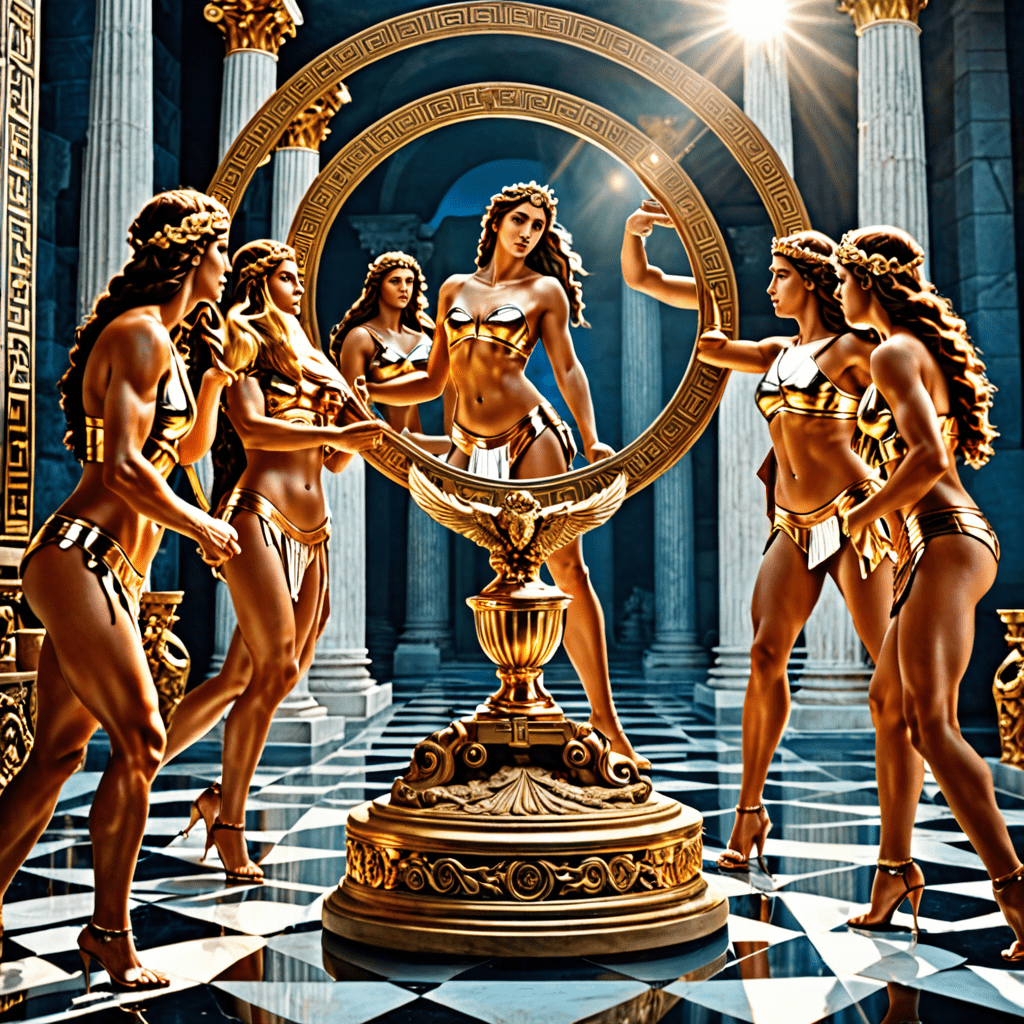The Strigoi and the Family: The Impact of the Curse on Loved Ones
I. Introduction
The Strigoi are a significant part of Romanian folklore, embodying the fears and superstitions surrounding the undead. Often depicted as restless spirits of the dead or vampires, the Strigoi have a complex cultural significance that extends beyond mere horror tales. Each legend carries with it a curse, believed to not only afflict the individual but also to cast a long shadow over their loved ones. This article aims to explore the effects of the Strigoi curse on families, delving into the emotional, psychological, and social ramifications of such a fate.
II. Understanding the Strigoi Mythology
The historical origins of the Strigoi legend can be traced back to ancient Romanian beliefs, where the dead were thought to rise from their graves to harass the living. Unlike other vampire myths, which often romanticize the notion of the undead, Strigoi are typically portrayed as tormented souls, driven by vengeance or unfulfilled desires.
The differences between Strigoi and other vampire myths can be summarized as follows:
- Nature: Strigoi are often seen as the spirits of the deceased, whereas many other vampires are depicted as supernatural beings with powers beyond the grave.
- Manifestations: Strigoi may return to their former lives, affecting loved ones directly, while other myths often focus on seduction and the allure of immortality.
- Cultural Context: The Strigoi are deeply embedded in Romanian culture, whereas vampire legends can be found worldwide with varying interpretations.
Folklore plays a crucial role in shaping perceptions of the Strigoi. Stories passed down through generations have not only preserved these myths but have also reinforced social norms and fears surrounding death and the afterlife.
III. The Nature of the Curse
The curse associated with the Strigoi is multifaceted, often manifesting in various ways. Individuals believed to be cursed may experience health deterioration, social ostracism, and emotional turmoil. The manifestations of the curse can include:
- Physical ailments that distress the afflicted.
- Withdrawal from social interactions due to fear of stigma.
- Paranoia or hallucinations, as the individual grapples with their perceived identity as a Strigoi.
The psychological and emotional implications for those afflicted can be profound. Many suffer from anxiety and depression, fearing the impact of their curse on their families. The burden of being a Strigoi can lead to feelings of isolation and hopelessness.
Moreover, the curse can have serious ramifications on physical health and longevity. The stress and anxiety associated with being perceived as cursed can lead to a decline in overall well-being, compounding the physical manifestations of the Strigoi curse.
IV. Family Dynamics Affected by the Curse
The presence of a Strigoi curse can fundamentally alter family dynamics. Relationships among family members may become strained due to the stigma attached to the curse. Families may experience:
- Increased Tension: Disagreements may arise over how to deal with the cursed individual.
- Isolation: Families may withdraw from their communities, fearing judgment.
- Role Reversal: Caregivers may become dependent on the afflicted, disrupting traditional family roles.
The burden of secrecy and shame often accompanies the Strigoi curse, leading to a culture of silence around the afflicted individual’s condition. Coping mechanisms adopted by families can vary widely, from seeking help from local healers to relying on traditional rituals to ward off the curse.
V. Social Stigmas and Community Reactions
Communities often respond negatively to individuals believed to be cursed by a Strigoi. Superstition and fear can lead to ostracism, as community members may avoid contact with the afflicted or their families. The social standing and reputation of affected families can suffer greatly, resulting in:
- Marginalization: Families may be pushed out of social circles.
- Economic Hardship: Job opportunities may diminish due to a tarnished reputation.
- Intergenerational Trauma: The effects of stigma can linger, impacting future generations.
The role of superstition is significant, as community beliefs can fuel fear and lead to actions that further alienate the afflicted and their families. This dynamic creates a vicious cycle of isolation and despair.
VI. Historical Case Studies
Throughout history, there have been notable incidents involving Strigoi curses that provide insight into family responses and outcomes. One such case involved a family in 18th-century Romania, where a member was believed to be a Strigoi. The family’s response included:
- Engaging in rituals to rid themselves of the curse.
- Seeking guidance from local shamans or priests.
- Facing community backlash and isolation.
Analysis of these historical narratives reveals important lessons about the consequences of fear and superstition. Families often found themselves caught between their beliefs and the harsh realities of social stigma.
VII. Modern Interpretations and Representations
In contemporary media and literature, the Strigoi myth has evolved, often being reinterpreted to reflect modern societal issues. Films, books, and television shows have popularized the Strigoi, portraying them in various lights, from terrifying monsters to tragic figures. This evolution serves to highlight:
- The ongoing relevance of the Strigoi myth in discussing themes of alienation and fear.
- How modern society grapples with issues of mental health and societal stigma.
- The potential for redemption and understanding in the face of curses and societal rejection.
As the Strigoi curse continues to find its way into popular culture, it remains a poignant symbol of the struggles that families face when battling unseen forces.
VIII. Conclusion
In summary, the Strigoi curse profoundly impacts families, affecting their relationships, social standing, and emotional health. The historical and modern interpretations of the Strigoi reflect a lingering fear and fascination with the unknown. As we navigate the challenges posed by such curses in modern contexts, it is crucial to foster understanding, compassion, and open dialogue around mental health and the stigmas that often accompany it.
The enduring legacy of the Strigoi serves as a reminder of the complexities of human experience and the importance of supporting one another in times of adversity.



